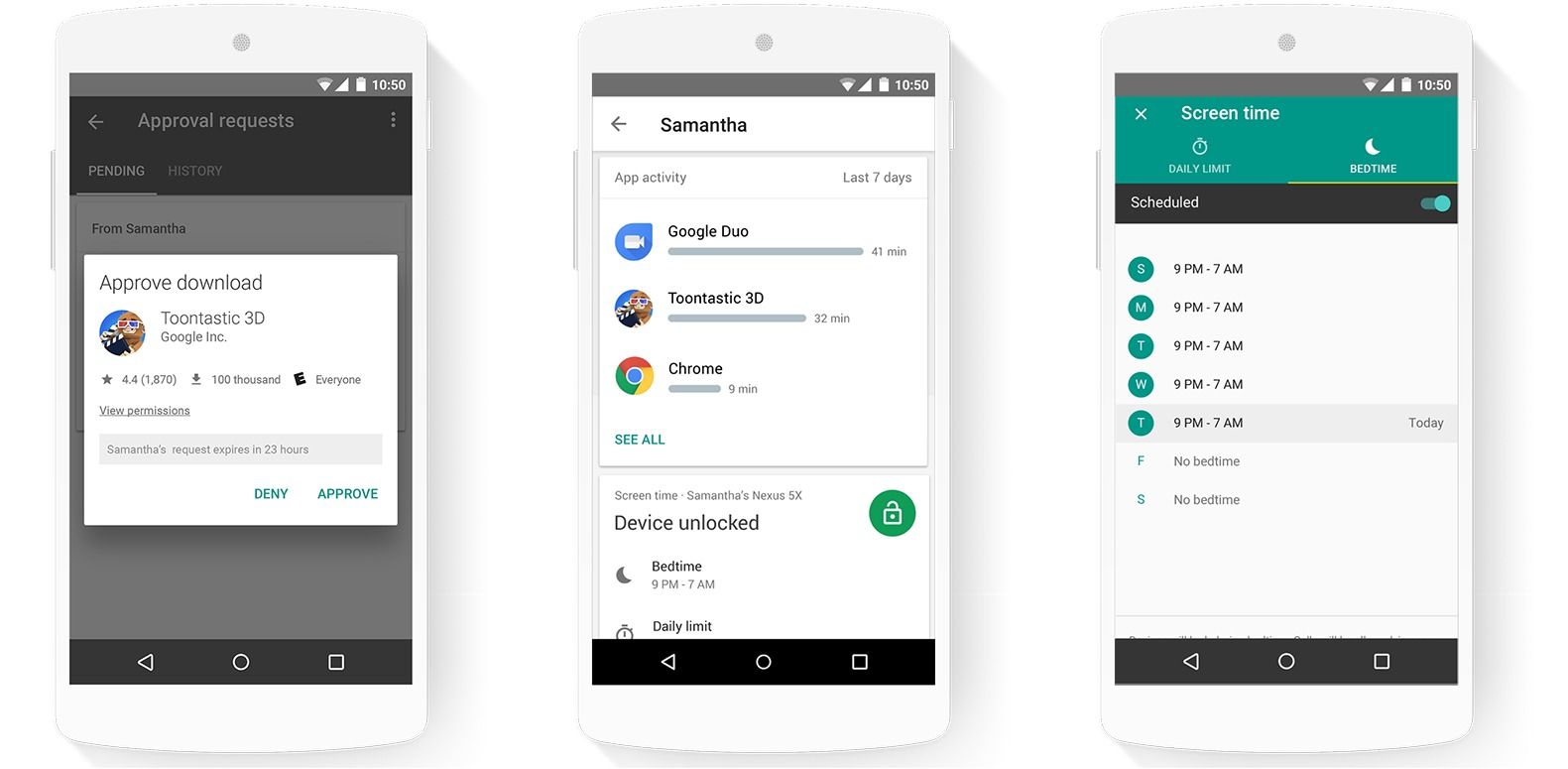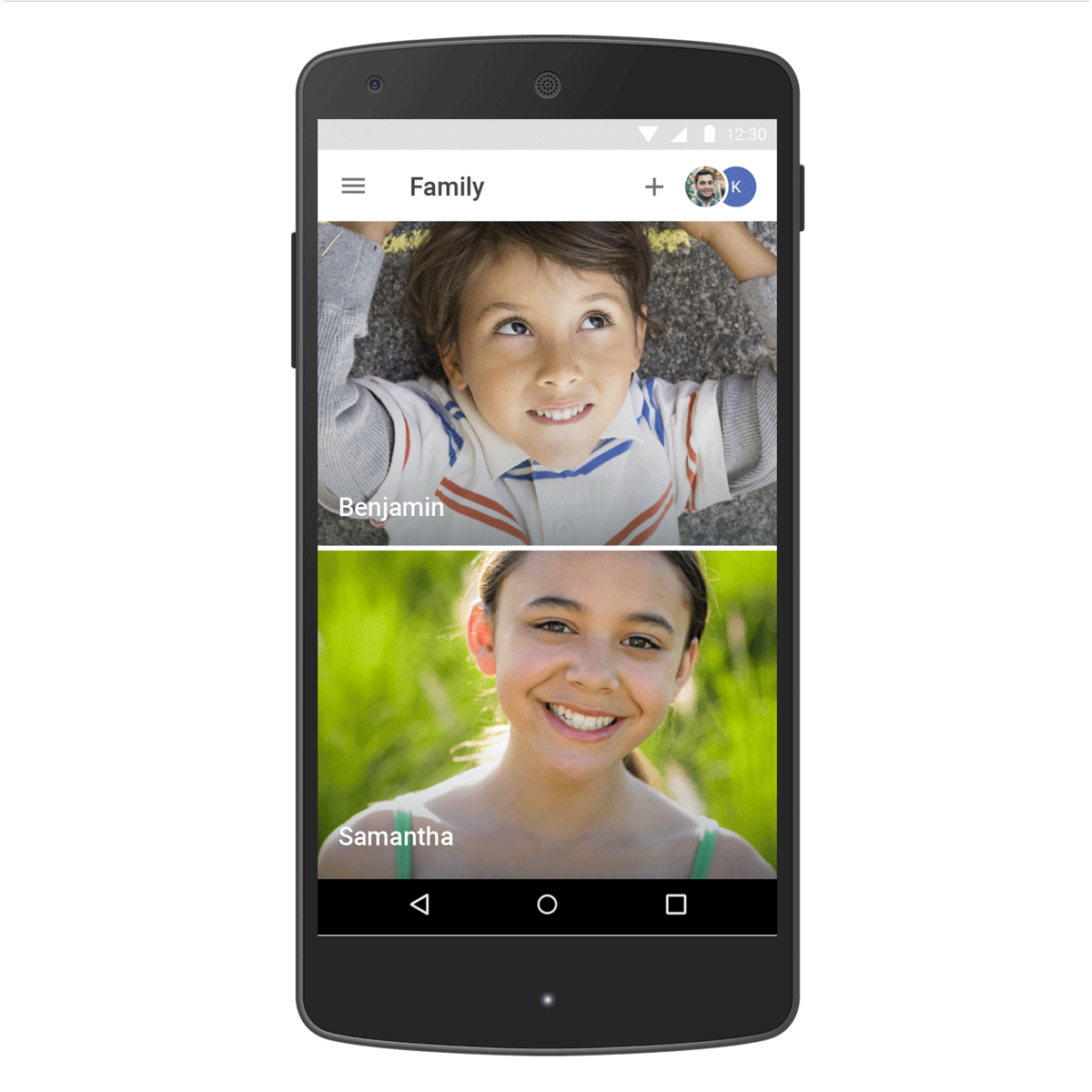Affiliate links on Android Authority may earn us a commission. Learn more.
Google's Family Link is giving parents more control of their kid's devices
Published onSeptember 28, 2017

Getting technology into the hands of children is a bit of a double-edged sword. It unlocks a world of learning and discovery that is unique to their generation. Unfortunately, kids normally don’t know when to put the tablet down and do something else. Google has been developing a program to help parents control their children’s usage and now it’s rolling it out to a wider audience.
The program is called Family Link. It’s been in beta since May of this year when it was rolled out, but now parents in the United States can sign up without an invite. When setting up a child’s Android device, Google will ask you to create an account. If your child is under 13, you’ll be asked to provide consent to create that account and Family Link will automatically be downloaded to the device. You can choose which apps and settings you want to control.
Once Family Link downloads on your child’s device, you’ll need to set it up on yours as well. To run Family Link, your child’s device will have to be running Android 7.0 or higher. There are also a few devices that can support the app on Android 6.0 and you can find those here. To control another device with Family Link, your device must be running Android Kit Kat (4.4) or higher or iOS 9 or higher.

Once you’ve gone through the setup process on both devices, you’ll have the option to set a daily screen on time limit and a device bedtime. You can also manage the apps your kids can use and which they can download from the Play Store. Family Link will also give you the ability to lock the device at any time of your choosing.
The major downside of Family Link is that it requires Android 7.0 to work in most instances. I have a five-year-old daughter and most of her friends with Android devices have older, cheap tablets. Those generally launch with old versions of Android and never receive any updates. This is a great tool for the future, but it might not help out on many current devices. There are other options in the Play Store to mimic some of these functions, but most have a cost associated with them.